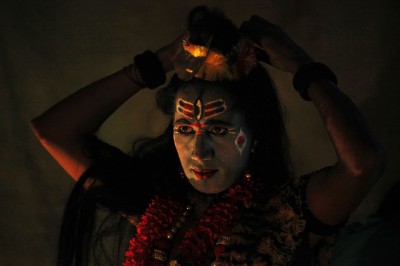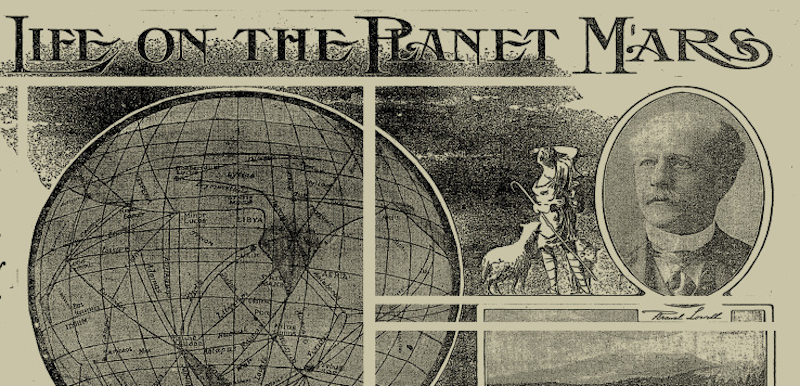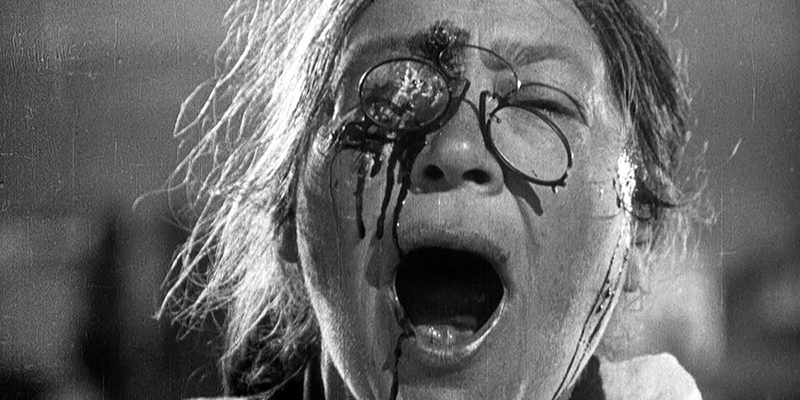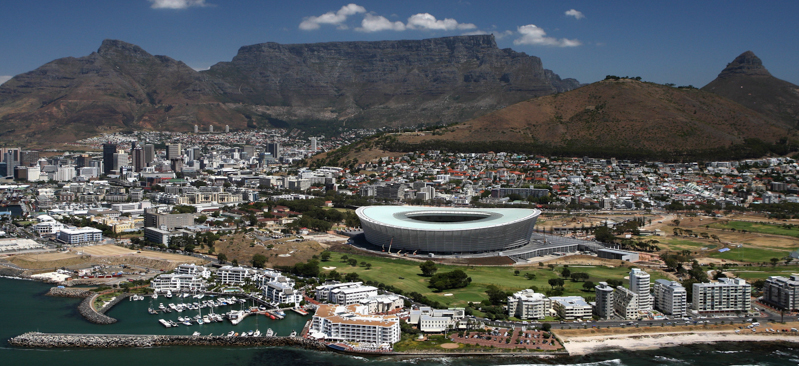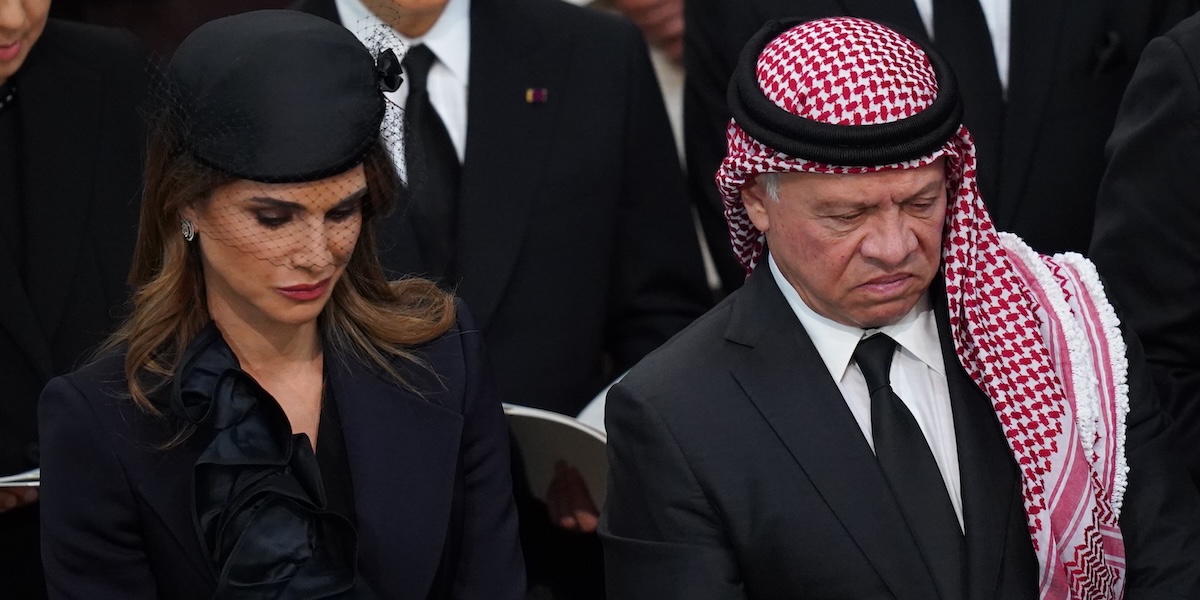La festa del dio Shiva
Le foto del "Maha Shivaratri", la festa induista celebrata in tutto il mondo
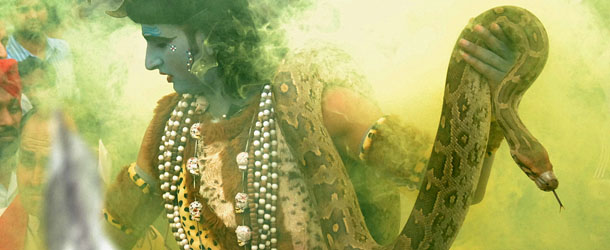
altre
foto
Domenica 10 marzo si è celebrato in tutto il mondo il “Maha Shivaratri” (o solo “Shivaratri”), il giorno dedicato all’adorazione del dio Shiva secondo la religione induista. La data viene fissata in base al calendario induista e cade nella quattordicesima notte di luna nuova del mese lunare di febbraio-marzo, chiamato “Phalgun”: durante il giorno precedente viene osservato il digiuno e la notte si veglia in preghiera, adorando il “Lingam”, il simbolo fallico del dio Shiva che ogni tre ore viene bagnato con latte, latte acido, urina, burro e sterco, le cinque sacre offerte delle vacche. Durante il Maha Shivaratri i guru recitano dei mantra sgranando i loro rosari, mentre i discepoli preparano il “Bhang”, un preparato dalle foglie e dai fiori della pianta di cannabis, considerato il cibo preferito di Shiva, che viene distribuito gratuitamente ai fedeli all’ingresso dei templi.
